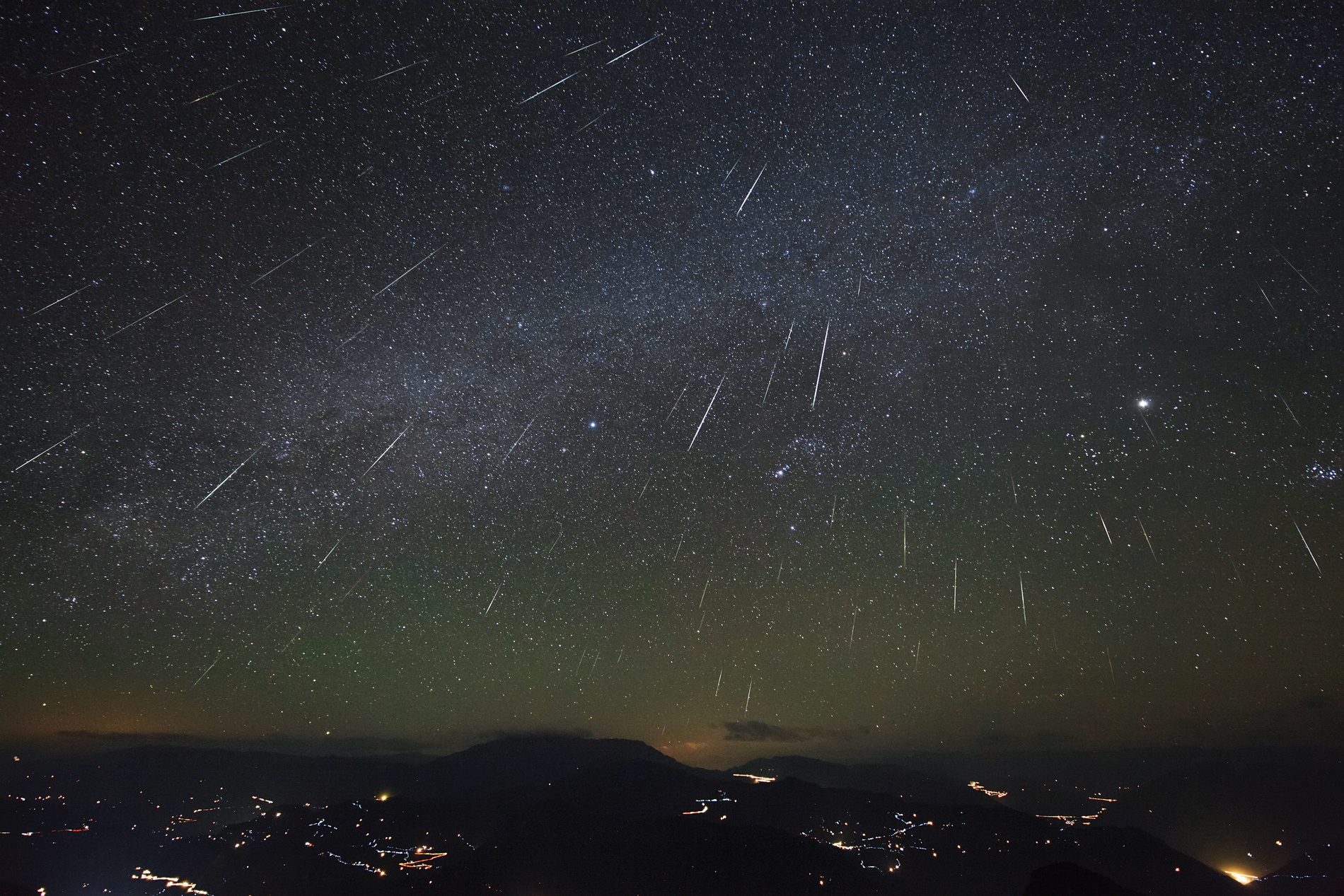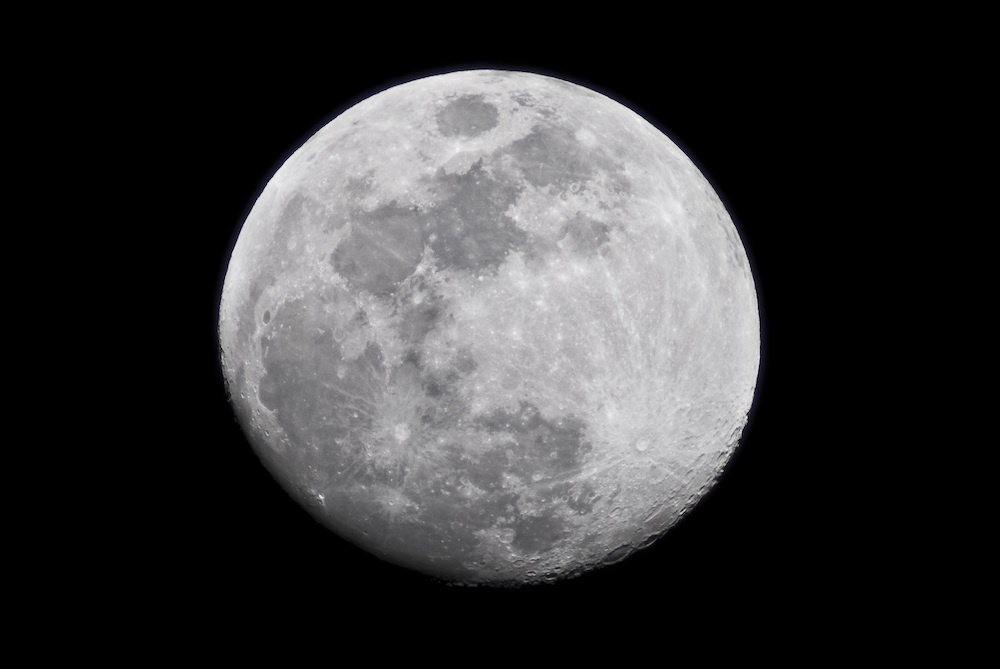
January 2018 Sky
- Posted by OCastronomy
- On December 31, 2017
- 0 Comments
- Aldebaran, Beehive cluster, Earth at Perihelion, Jupiter, Mars, Mercury, Quadrantid Meteor Shower, Regulus, Saturn, Supermoon, Total Eclipse of the Moon, Total Lunar Eclipse, Venus, Venus at superior conjunction
January 2018 Sky
| 1 | Mercury at greatest elongation west (23° from Sun, morning sky) at 20h UT. Mag. −0.3. |
| 1 | Moon at perigee (closest to Earth) at 21:54 UT (356,565 km; angular size 33.5′). Closest of 2018. |
| 2 | Full Moon at 2:24 UT. |
| 3 | Earth at Perihelion (closest to Sun) at 6h UT. The Sun-Earth distance is 0.983284 a.u. or 147.1 million kilometers. • Sun at Aphelion and Perihelion (Anthony Ayiomamitis) |
| 3 | Moon near Beehive cluster M44 (morning sky) at 20h UT. • Beehive Cluster (Wikipedia) • M44: The Beehive Cluster (APOD) |
| 3 | Quadrantid Meteor Shower peaks at 22h UT. Active between December 28 and January 12. Produces up to 120 meteors per hour. Radiant is in northern Boötes. • Quadrantids (Wikipedia) • The Quadrantids (Gary Kronk) |
| 5 | Moon near Regulus (morning sky) at 8h UT. Occultation visible from Alaska, northern Canada, Greenland and Iceland. • Occultation of Regulus (IOTA) |
| 8 | Last Quarter Moon at 22:25 UT. |
| 9 | Venus at superior conjunction with the Sun at 6h UT. Passes into the evening sky (not visible). |
| 11 | Moon near Jupiter and Mars (60° from Sun, morning sky) at 10h UT. Mags. −1.9 and 1.4. |
| 13 | Mercury 0.6° S of Saturn (20° from Sun, morning sky) at 8h UT. Mags −0.3 and 0.5. |
| 15 | Moon at apogee (farthest from Earth) at 2h UT (distance 406,464 km; angular size 29.4′). |
| 17 | New Moon at 2:17 UT. Start of lunation 1176. • Lunation Number (Wikipedia) |
| 24 | First Quarter Moon at 22:20 UT. |
| 27 | Moon near Aldebaran (evening sky) at 9h UT. Occultation visible from NW Canada, Alaska, NE Asia. • Occultation of Aldebaran (IOTA) |
| 30 | Moon at perigee (closest to Earth) at 10h UT (358,994 km; angular size 33.3′). |
| 31 | Moon near Beehive cluster M44 (midnight sky) at 7h UT. |
| 31 | Total Eclipse of the Moon begins at 12:52 UT and ends at 14:08 UT. Mid-eclipse at 13:30 UT. Partial phases begin at 11:48 UT and end at 15:11 UT. The Moon will appear red-orange in color during totality (the color of Earth’s sunsets). Visible from west North America, the Pacific, Australia, New Zealand, Asia, Russia and India.
Find the best time to view Super Blue Moon Total Lunar Eclipse from your location |
| 31 | Full Moon at 13:27 UT. |
| January 2018 Sky All times Universal Time (UT). | |



